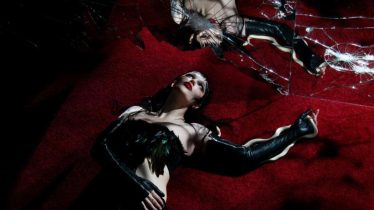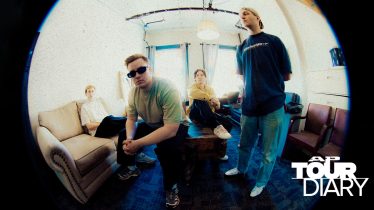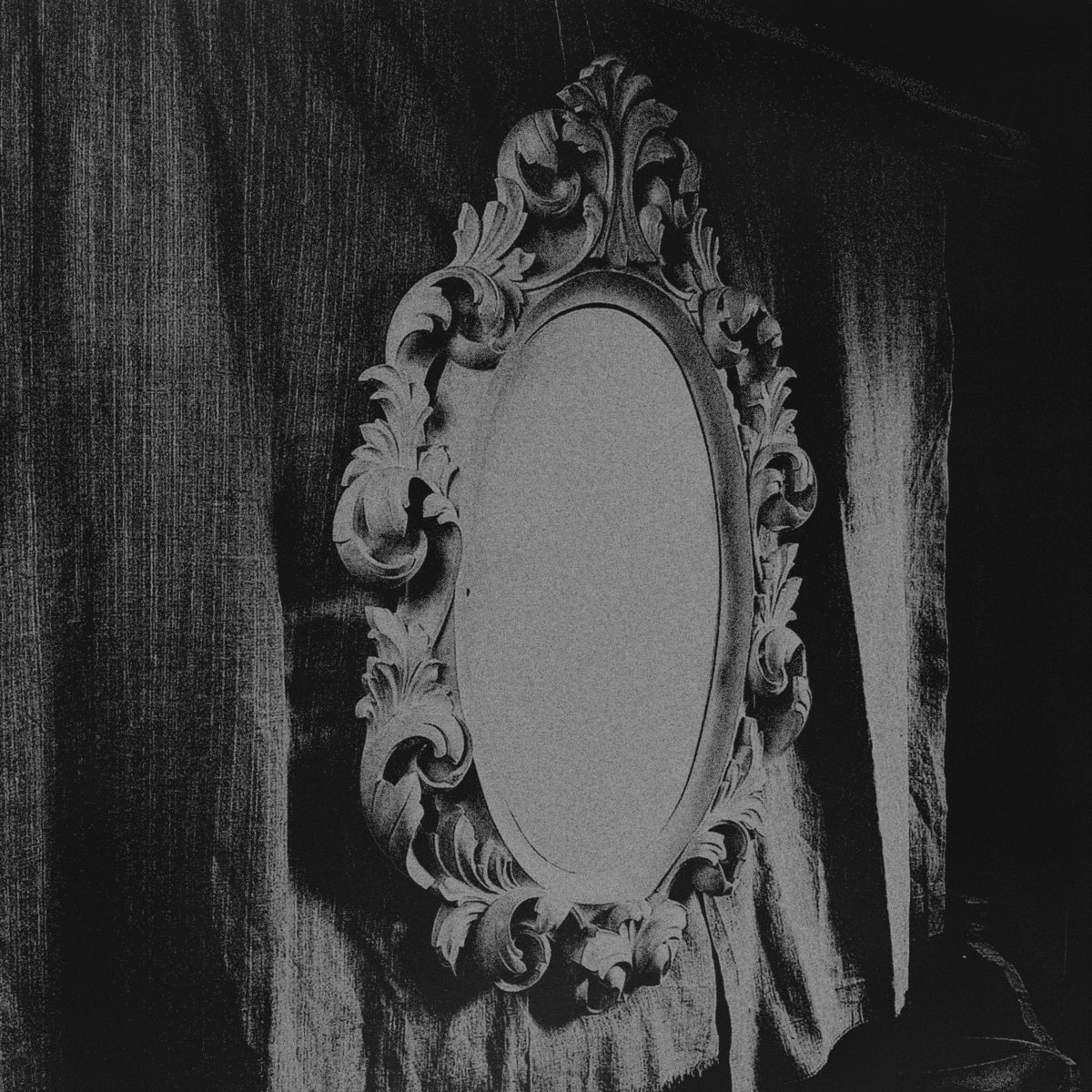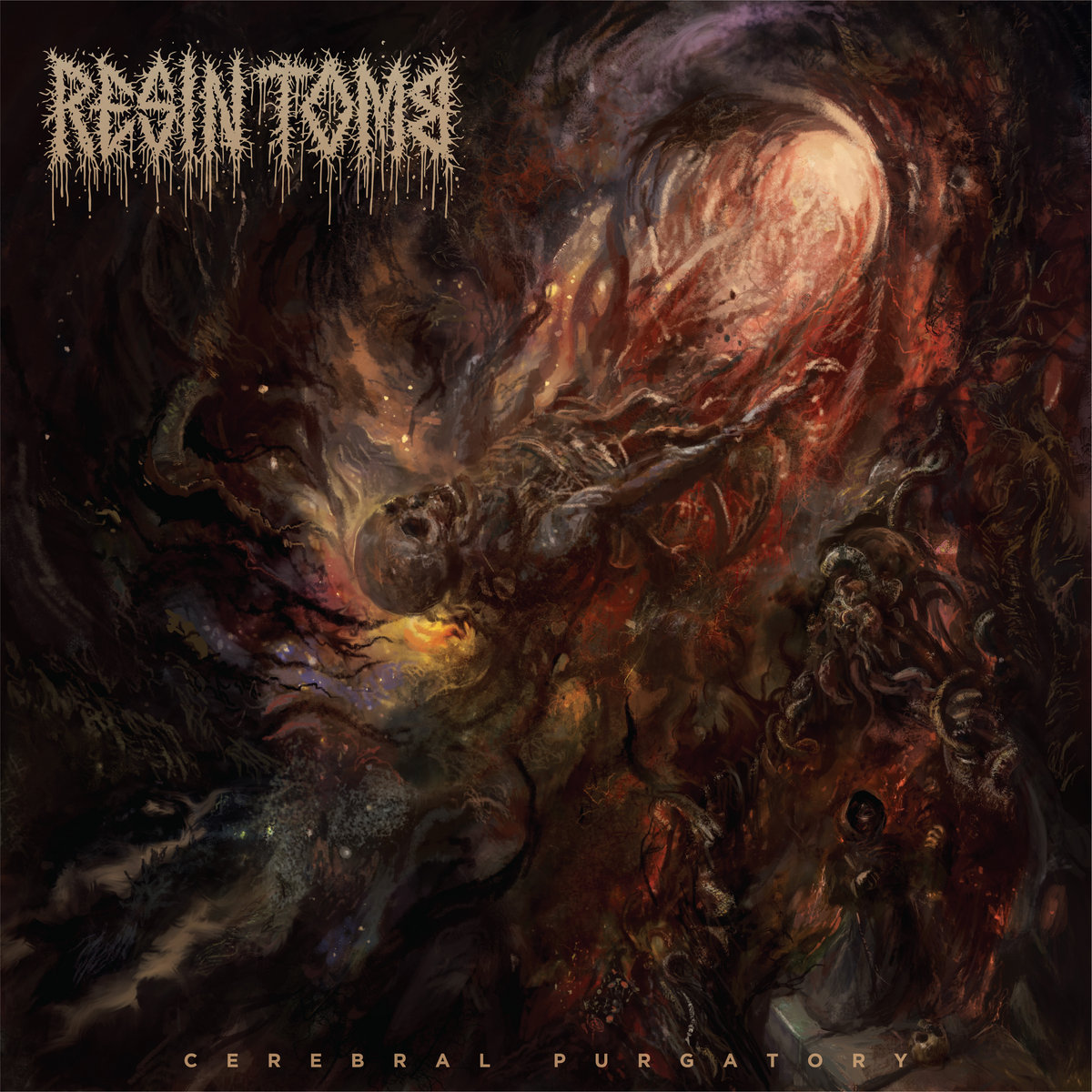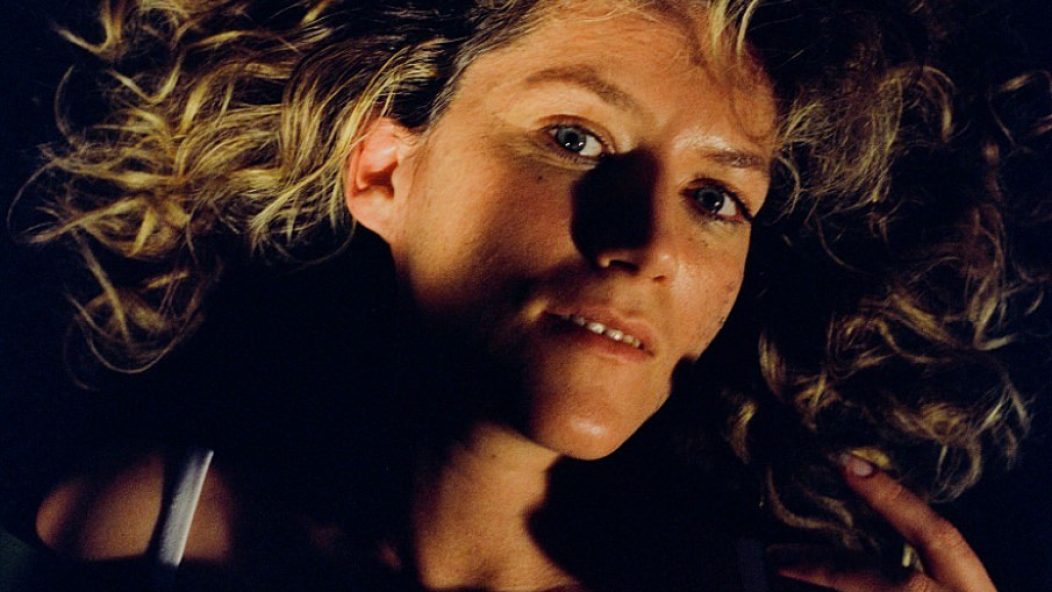
No Joy revisit childhood on 'Can My Daughter See Me From Heaven'
No Joy have released their latest EP Can My Daughter See Me From Heaven. The album revisits four songs from Motherhood, rescoring them for an ensemble based on voice, cello, harp and horn. Additionally, the EP introduces a cover of Deftones’ “Teenager” from the classic 2000 album White Pony.
On the latest EP, No Joy draw influences from classical music and other experiments in rock-orchestra crossover. More than that, they use their ensemble to craft a unique meditation on childhood, memory and loss of innocence.
Read more: Phoebe Bridgers wants to see more diversity behind the scenes of music
Formed in Montreal in 2009, No Joy returned following a five-year gap with 2020’s Motherhood. The new album signaled the first time Jasamine White-Gluz helmed the project as a solo artist, following the departure of founding member Laura Lloyd.
Due to COVID-19, No Joy was unable to tour extensively in support of Motherhood. As a result, White-Gluz sees Can My Daughter See Me From Heaven as an opportunity to build on the previous record.
“Songs take on a new life when I’m on tour,” White-Gluz says. “These songs didn’t get that chance. I still had more to say with them. I probably never would’ve been like ‘let’s get a bunch of classically trained players together’ if it wasn’t for COVID-19. [This EP] was an opportunity to do something that wasn’t obvious. It’s a bedroom recording, but it doesn’t sound like we recorded this in our bedrooms. I wanted to do something that sounded bigger than Motherhood did, and Motherhood was recorded before COVID.”
Read more: 7 times the Mandela effect popped up in well-known songs
Can My Daughter See Me From Heaven brings a distinctive, more emphatically experimental approach to its source material. Representative of this expansive vision is “Kidder – From Heaven.” Originally a fuzz-drenched shoegaze number, the older track set vaulting guitar washes alongside a brooding bass line. The new version of the song peels back the instrumental layers, opening with harp and guitar in a meditative dialogue.
Reworks like this one bring out vibrant textures from the originals. Can My Daughter See Me From Heaven is like a musical experiment in using orchestral instruments for rock music. In this sense, the album sits alongside a handful of other artists who turned to orchestral music for similar explorations.
“Some of those late 90s electronica trip-hop acts involved strings in their live performance,” White-Gluz says. “I was interested in that, and with some of them, I was like, ‘Let’s go full Little Mermaid.”
Read more: Jelani Aryeh wants to help listeners reconnect with their inner child
As novel as the record is from a sonic standpoint, what is perhaps most compelling about the album is the way it explores themes related to childhood experience. Like its predecessor, Can My Daughter See Me From Heaven is a meditation on children, as well as the complexities of aging and looking back on fading innocence.
It was this interest in exploring childhood that led White-Gluz to commission 7-year-old director Sloan for “Kidder – From Heaven,” as well as to enlist 15-year-old Kevin to direct and film “White Pony – From Heaven.” Shaky cameras and all, the videos give a window into the perspectives and values of young people.
Musically, the exploration of youth is strongest on No Joy’s revisit of White Pony, an album that has to go down as one of the all-time great hard rock tributes to teenage-dom.
Read more: 10 alternative music videos that brought your wildest dreams to life
“I have never been shy about my love for Deftones,” says White-Gluz. “White Pony is one of my favorite records of all time and the track ‘Teenager’ was proof to me that they were a band bigger than any nu-metal confines they were trapped in. It’s such a sensitive and delicate song sequenced right in the center of a very heavy album. We recorded our version completely remotely. Nailah [Hunter]’s harp, Tara [McLeod]’s lapsteel, and Ouri’s experimental cello really capture the emotional feeling I had when I first heard the song as a teenager.”
In many senses, the cover provides a compelling rendition of a track that was unique for its gentle contours. No Joy plays upon that aspect of the song, showing its natural partnership with orchestral instruments. Their rendition also evokes deep nostalgia, calling to mind that first exhilarating experience of hearing anthems of adolescence such as “Teenager” and “Back to School (Mini Maggot).”
Even more compelling about the cover, however, is the fact that the song looks honestly at the nature of memory. No Joy’s “Teenager – From Heaven” is powerful because it sounds like an echo, almost a faded photocopy of the track.
Read more: 15 albums from 1995 that are a perfect gateway into the world of punk
There is something particularly dark about quietly naming an EP about children Can My Daughter See Me From Heaven. No Joy also grapple with the fact that memory is about loss. Bad memories tether us to our pain. Even positive memories call to mind moments that are no longer present.
This is the particularly potent element of No Joy’s exploration of youth. The video for “Teenager – From Heaven” is somewhat jarring, given that it speaks to a perspective that some may no longer find relatable.
Even so, Can My Daughter See Me From Heaven does not sound like an overwhelmingly dark record. “Teenager” clearly showcases White-Gluz’s affection for the song, as well as her sincere respect for the experiences of teenagers.
In this sense, the new EP explores the good and the bad of memory. It revisits the experiences that make us who we are. No Joy look with love and sympathy at those formative moments that define us, however much we may change along the way.
